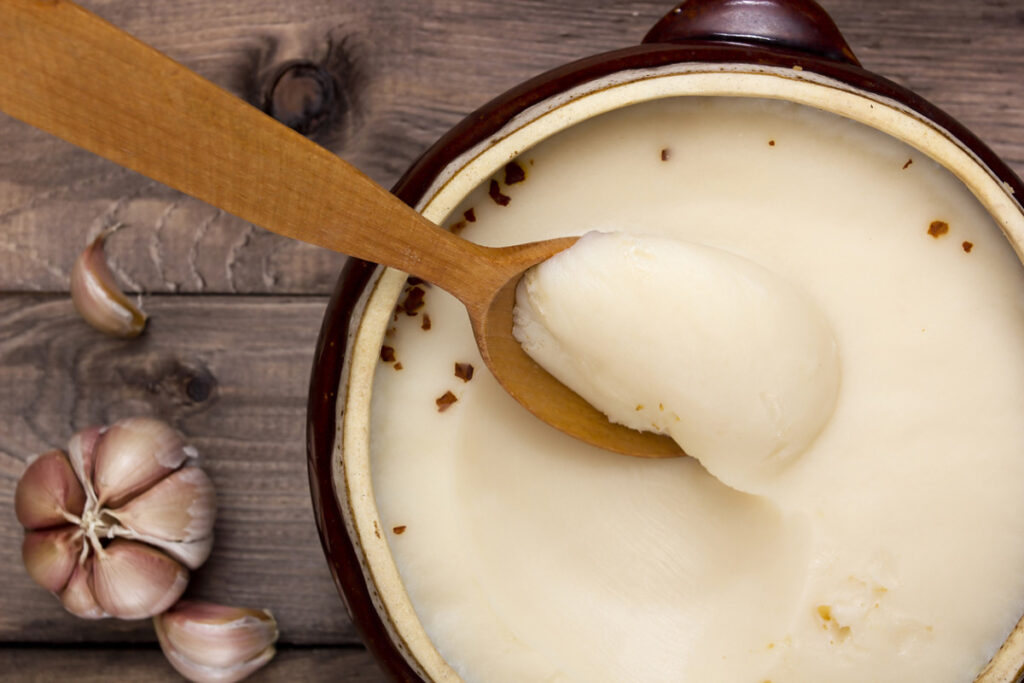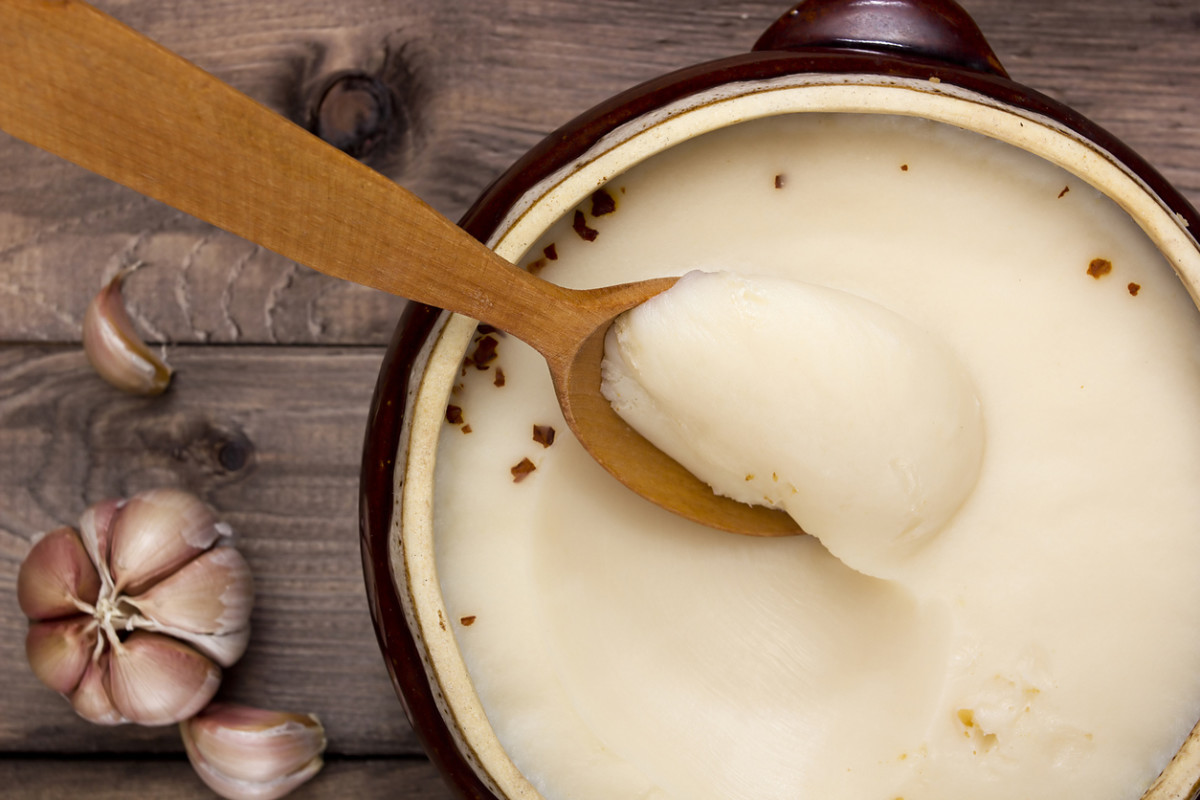I know, I know…of all the unfashionable ingredients for me to have in my kitchen – animal fats are probably the most out of favor with the pop culture nutrition gods. The truth is, animal fats like lard, tallow, and schmaltz (chicken fat) are actually really good for you! You’ve got to make sure you source it from ethically and sustainably raised animals, of course. And once you do…you’ll go through the super easy process of rendering all of that goodness – and be left with the most amazing stuff that will make your cooking absolutely…um, amazing.
Why use animal fat for cooking?
Well, for those of you trying to stay on a budget while significantly increasing the nutritional value of your meals, going to your totally awesome local farmer to get fat to render is actually a pretty frugal endeavor. Like me, you may not be able to afford many pastured beef roast or pork chops. But by golly, you can buy yourself that suet! And those quality animal fats are very good for you.
Of course, you should be getting this fat from happy animals – you know, ones who are eating their proper diet, have room to roam…you get the idea. Since toxins are stored in fat, obviously eating the fat of a cow that’s hopped up on antibiotics and the like; eating an unnatural, gut-destroying diet of corn; and knee-deep in their own poop and the poop of the other cows it’s shoulder-to-shoulder with would be a super bad idea. Super.
And before you start talking about how all that saturated fat will clog arteries, raise cholesterol, and give me a heart attack – let me say that’s all a bunch of baloney. Our ancestors have been eating animal fats for, well, ever – and our cells need saturated fat to function properly…it’s all that low-fat malarkey floating around that really causes health problems! For more on that, I highly recommend reading Eat Fat, Lose Fat. Your life will change.

Now, on to the good stuff! Here’s how you render your own animal fat for cooking:
1. First, some animal fat basics:
- Beef fat, or suet, when rendered is called tallow.
- Pork fat becomes lard.
- Chicken fat becomes schmaltz.
2. What the animal fat will look like when you buy it:
- When you buy the fat, the suet and pork fat will be a solid white mass. The chicken fat is slightly yellow and will often be attached to chicken skin – in my hometown, I would get a bag from the farmer that had a combination of fat and skin that was trimmed from the skinless cuts they sold. I miss those.
3. To render animal fat, all you need is to cook the fat on low heat over time – the fat will become liquid and melt away.
- I do this in a slow cooker or in a pot on the stove. The amount of time will depend on the amount of fat that’s being rendered and how low the heat is. When I use my slow cooker on low, it can take 3-4 hours; if I’m using the stove for the same amount, it can take less than an hour. Using the slow cooker means that I can walk away, so that’s my usual option.
- It’s really just that simple – low heat over time will render the fat, and then you strain it into a glass container, and put it in the fridge!
4. After the animal fat is rendered, there will be some solid items left over after straining the liquid off.
- For tallow and lard, those solids are cracklings. I just strain those away and toss, although I know lots of people eat pork cracklings. I’m not against it – in fact, I’m all for it – but for some reason mine aren’t all crispy and tasty like I’ve seen. I haven’t really looked into the why of it though.
- I do have some snacking from the schmaltz. When the schmaltz is rendered (if the fat was on the skins) there will be crispy chicken skins! Yum! Just salt those little pieces of heaven and snack away.
5. The fat will solidify when cooled.
- All three of these fats will become pale and solidify as they cool – the lard and schmaltz will be creamy, and the tallow will be quite solid. Of course, they’ll become liquid again when warmed up.
Store your rendered animal fat in the refrigerator for best results. I use tallow for frying and making tallow balm, but you can also make candles and soap with it! The lard and schmaltz are great for any and all cooking. The most delicious fried rice I had was made with lard, and the best biscuits – it is a truly life-changing ingredient.

